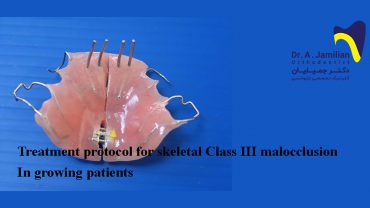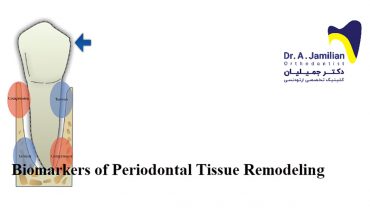Orthodontic treatment goals can be divided into five categories: facial esthetics, dental esthetics, functional occlusion, periodontal health, and stability.[1] Nevertheless, when a severe skeletal deformity exists in non-growing teen and adult patients with significant skeletal jaw discrepancy, the goals of treatment are often impossible to achieve by orthodontics alone.
In these circumstances, both orthodontics and surgery are required to correct the dental malposition and the skeletal disharmony. This corrective jaw surgery, also called orthognathic surgery, is performed by oral and maxillofacial surgeons to correct a wide range of minor and major skeletal and dental irregularities, including the misalignment of jaws and teeth, which, in turn, can improve chewing, speaking and breathing. Orthodontics in conjunction with orthognathic surgery can do wonders in improving the appearance of the face. Combined orthodontic and surgical treatment usually requires about 18-24 months to complete. The treatment may be divided into four stages
- Treatment Planning
- Presurgical Orthodontics
- Surgical Treatment
- Post-Surgical Orthodontics
Treatment planning
Proffit and Ackerman introduced the concept of envelope of discrepancy to graphically illustrate four ranges of correction for any characteristics of malocclusion:
(A) an amount that can be accomplished by orthodontic tooth movement alone
(B) a larger amount that can be accomplished by orthodontic tooth movement aided by absolute anchorage;
(C) an additional amount that can be achieved by functional or orthopedic treatment to modify growth;[3-5] and
(D) a still larger amount that requires surgery as part of the treatment plan.
People who can potentially benefit from orthognathic surgery include those with jaws that are positioned incorrectly. Orthognathic surgery is also the treatment of choice in patients who have not had the benefit of dentofacial orthopedics for growth guidance, or in cases where the deformity is so severe that orthodontics alone is not enough to correct it. Achieving successful treatment outcomes in these patients requires implementing an effective treatment plan. It should be considered that treatment planning is one of the most important stages because once the treatment is started it is hardly possible to reverse or suspend it. At this stage, the patient should be verified to have no potential of growth. If the patient is still growing he or she should be examined annually until growth is complete. Once facial growth cessation is verified the patient should be referred to a multidisciplinary clinic for joint treatment planning with the maxillofacial surgeon and orthodontist. In the beginning information about patient’s general health state and previous diseases is evaluated and if there are no contraindications for surgery and general anesthesia a thorough examination of the face including evaluation of facial and dental photographs, cephalometric radiographs, and dental casts should be done. Subsequently, the orthodontist and maxillofacial surgeon should make a joint decision concerning the treatment approach. One of the aspects for consideration is whether the surgery is required in the mandible, maxilla or both and whether the jaw is to remain in one piece or to be segmented.
Presurgical orthodontics
Orthodontic preparation for surgery is different from orthodontic correction alone. Achievement of optimal facial esthetics requires integrated cooperation of orthodontists and maxillofacial surgeons. Routine preoperative orthodontics involve dental alignment, incisor decompensation, and arch coordination for the purpose of obtaining maximum intercuspal interdigitation when the jaws are surgically aligned. In short the aims of presurgical treatment are to decompensate lower and upper incisors, level and align both arches and relieve the crowding. In general these corrections will make the malocclusion look worse presurgically, but it will show the true magnitude of the skeletal problem thus allowing an optimal correction at surgery.[6] To sum up, the essential steps in orthodontic preparation for orthognathic surgery are to align the arches individually, achieve compatibility of the arches or arch segments, and establish the proper anteroposterior and vertical position of the incisors.
Download Orthodontic Preparation for Orthognathic Surgery Chapter7



